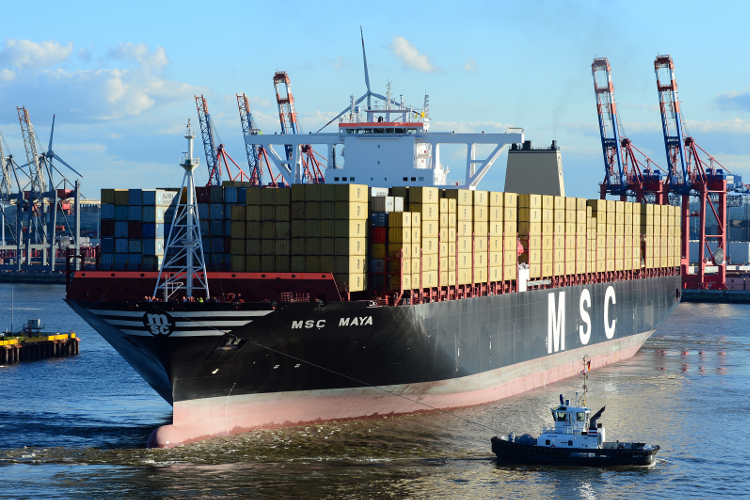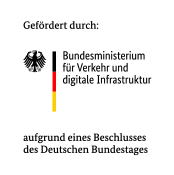NSW-Plus
Issue
With the implementation of the EU Reporting Formalities Directive 2010/65/EU, the "National Single Window (NSW)" was established as a central government reporting system for the entire German maritime shipping industry. However, the information recorded here mainly consists of administrative data, and the exchange occurs only between reporting companies and authorities. Nevertheless, all stakeholders in maritime transport also require data for planning and operations. These data are exchanged using various additional channels, leading to duplicate reporting and different data formats.

Project Objective
The vision of NSW-Plus is that all information relevant to maritime transport, such as per voyage, port call, or container, should only need to be provided once, regardless of member states, ports, or other parties involved. The existing NSW for Germany will be enriched with security-related and operational data on maritime transport and made centrally available to the maritime industry through NSW. The result is a new service that offers significant benefits to the industry and serves as a blueprint for other European countries.
Implementation
Based on conceptual, legal, and technical concepts, pilot applications for the integration of cargo data for import/export, verified gross weights, as well as pre- and post-carriage information are implemented and tested under the most realistic conditions possible.
Results
In the NSW, a core system is responsible for receiving, processing and providing the reporting data. The data is forwarded from external applications (port information systems, web reporting client) to the core system or retrieved by the authorities in the form of messages.
This approach was adopted in the development of the NSW-Plus concept. A core system was specified that consists of a web server, a database system and a programming interface (API). The API can be used by providers to develop their own applications for data input and output. To ensure compliance with the interface and security standards, new applications are certified by the NSW-Plus operator.
In the NSW, the information required for each type of message is defined and summarized in so-called message classes. Further NSW-Plus-specific message classes have been added to the existing message classes in the NSW. The principle of one reporting path (all information, regardless of the recipient, is sent to one location) is also retained in NSW-Plus.
In contrast to the legally prescribed functionality of the NSW, there is considerably more flexibility on the output side of the NSW-Plus. For further processing, data can be made directly available to other systems via a data interface (machine to machine, M2M). The data can be prepared for display or evaluation using a front end, e.g. a web application or a locally installed application.
One example of such an application is the human-machine interface (HMI) developed by the FKIE for the emergency command, which is implemented in a demonstrator for the pilot application "Integration of cargo data import/export".

Project duration
09.2017 – 08.2020
Project partner
- Fraunhofer Institute for Communication, Information Processing and Ergonomics FKIE, Wachtberg
- BESITEC Bertling EDI Service & IT GmbH, Hamburg
- TFG Transfracht GmbH, Mainz
- MSC Germany S.A. & Co. KG, Hamburg
- datenschutz cert GmbH, Bremen
- BSH Hausgeräte GmbH, München
Project clips
Funding notice



